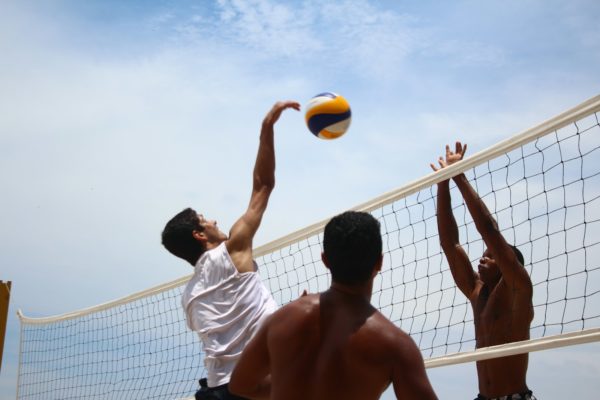Develop specific skills to integrate the ActionTypes® approach into the classroom.
Teaching is a demanding vocation, requiring constant adaptation to the needs of students. In this context, the ActionTypes® approach provides specific training to help educators understand and integrate motor and cognitive preferences into their teaching practices.
These courses provide teachers, educational counsellors and education staff with practical tools to better support their students, while strengthening their own professional satisfaction.
1. Why training for education staff?
Education staff play a central role in the development of students. However, they are often confronted with:
- Heterogeneous classes: Students with different learning needs and styles.
- Standardized methods: Which do not always respond to individual strengths.
- A feeling of overload: Linked to the difficulty in adapting contents and approaches.
ActionTypes® Training helps to address these challenges by:
- Providing a clear understanding of students’ natural preferences.
- Offering practical strategies to differentiate learning.
- Improving the management of class dynamics.
“I have learned to better understand my students and adapt my classes according to their needs. This training has transformed my teaching practice.” – Primary school teacher.

Crédit : Pexels / Yankrukov
2. Content of ActionTypes training®
Training for education staff is designed to be practical, interactive and tailored to each school context.
Core modules: Discover the ActionTypes approach®
- Understand motor and cognitive preferences.
- Identify and enhance the natural dynamics of students.
- Integrate concepts into courses and activities.
Advanced modules: Deepen and apply
- Educational differentiation according to the strengths of the pupils.
- Management of class dynamics to promote fluidity.
- Creation of learning materials adapted to student profiles.
Hands-on workshops: Scenarios
- Real-life case studies to apply concepts.
- Observation and adjustment of teaching practices.
- Simulations to experiment with customized approaches.
3. Practical applications in schools
The ActionTypes® courses can be adapted to a variety of educational contexts:
- In primary school: Discover the basics of motor preferences to stimulate children’s natural curiosity.
- In college: Work on the pedagogical commitment and adaptation to heterogeneous groups.
- In high school: Preparing students for complex learning by relying on their cognitive strengths.
- In special education: Provide targeted support to meet specific needs.
Case study: A teaching team in college
In one college, teachers struggled to manage a particularly heterogeneous class. After training ActionTypes®:
- They learned to identify each student’s natural strengths.
- They have adapted their methods to better meet individual needs.
- Results: 25% improvement in school performance and a significant reduction in disruptive behaviour.
4. Testimonies of educational staff
A high school teacher:
“This training has given me valuable keys to differentiate my courses. Students are more motivated and I feel better in my role.”
A school principal:
“Integrating ActionTypes® into our school has helped to strengthen the cohesion of the education team and improve the quality of teaching.”
An educational counsellor:
“The ActionTypes® tools are easy to use and deliver real results, and it’s an approach that respects the nature of each student.”

Crédit : Pexels / Max Fischer
5. Quantifiable training results
Institutions that have integrated the ActionTypes® training courses note:
- +30% improvement in teaching practices, according to feedback from teachers.
- +20% improvement in student results, thanks to differentiated methods.
- Increased satisfaction of the educational staff, with a reduction in occupational stress.
6. Lasting impact on students and teachers
Training for education staff brings lasting benefits:
- More confident teachers: Through a better understanding of their students’ needs.
- More fluid classes: Where each student finds his or her place and expresses himself fully.
- Increased professional development: Teachers find pleasure and meaning in their profession.
7. Integration of training in your institution
To facilitate the integration of the ActionTypes® approach, we propose:
- Customized assessments: To identify the specific needs of teachers and students.
- Face-to-face or online sessions: Adapted to your organizational constraints.
- Post-training follow-up: To ensure a sustainable and effective implementation.
“Since we took this training, we have seen a real change in the dynamics of our classes. Our students are more motivated and our teachers are more satisfied.” – Head of Education
Conclusion: Develop a differentiated and inspiring pedagogy
Dedicated ActionTypes® training enables teachers and educators to transform their practice. By integrating students’ natural dynamics into teaching, they stimulate engagement and enhance academic performance while creating a fulfilling environment for all.



